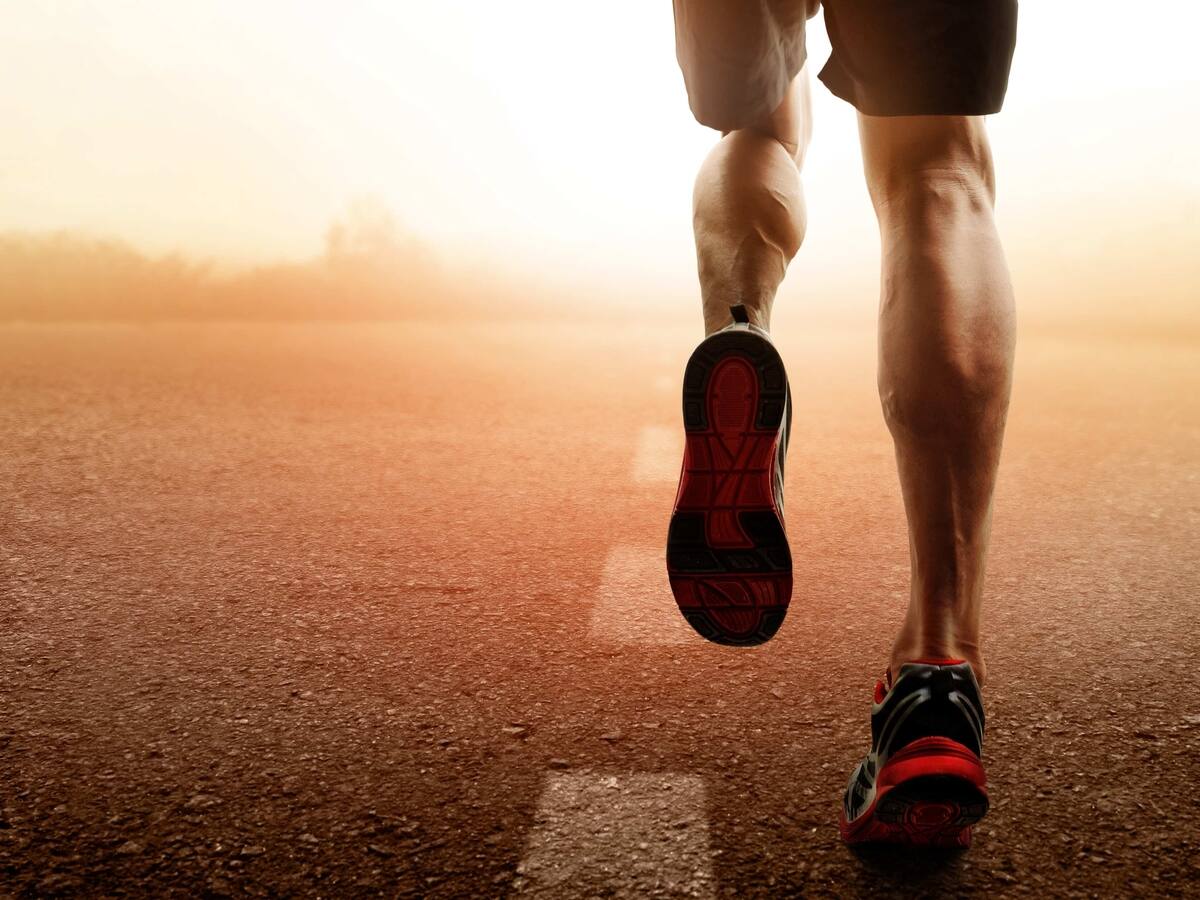Walking backwards is both challenging and beneficial! While walking is a universally recognized form of exercise offering numerous health benefits, retro walking, or walking backwards, adds a unique twist and brings additional advantages often overlooked. Here are five compelling reasons why walking backwards might be better than regular walking.
1. Utilizes Underutilized Muscles
Walking backwards engages different muscles and neural pathways, improving balance and coordination in ways regular walking does not. Retro walking requires heightened awareness of your body’s alignment and movements, activating muscles often underutilized during forward walking, such as the quadriceps and calves. This leads to better stability and reduced fall risk, especially in older adults. By stimulating different neural pathways, walking backwards enhances brain-muscle communication, improving overall coordination and movement efficiency in various physical activities.
2. Increases Caloric Burn and Cardiovascular Benefits
Walking backwards can be a more intense workout than walking forwards, leading to greater caloric burn and cardiovascular benefits. Research indicates that walking backwards burns more calories than walking forwards at the same speed due to the increased effort to maintain balance and stability. This elevates your heart rate more than forward walking, providing a better cardiovascular workout. Regular practice enhances cardiovascular endurance and overall heart health. Retro walking also engages different muscles, particularly the quadriceps and glutes, more intensely than forward walking, helping build muscle strength and endurance.
3. Benefits Joint Health
Walking backwards positively impacts joint health, particularly for those suffering from joint issues or recovering from injuries. Retro walking places less strain on the knees and hips compared to forward walking, shifting stress away from the joints, making it suitable for individuals with arthritis or joint pain. It is often used in physical therapy to aid recovery by improving range of motion and strength without excessive pressure on injured areas. Retro walking helps address muscle imbalances and improve posture by activating often neglected muscles, like the hamstrings and calves, contributing to better knee alignment and function.
4. Enhances Brain and Body Coordination
Engaging in activities that challenge both brain and body can have profound cognitive and mental health benefits. Walking backwards requires increased concentration and mental effort, stimulating brain function and improving cognitive performance. Studies suggest that complex motor tasks like walking backwards can enhance memory and learning abilities. The brain works harder to coordinate movements and navigate the environment, boosting cognitive processes. Physical activity, in general, releases endorphins, the body’s natural mood lifters. The novelty and fun of walking backwards can further enhance these mood-boosting effects, reducing stress and anxiety levels.
5. Adds Fun and Variety to Your Routine
Walking backwards introduces variety into your exercise routine, keeping you motivated and engaged. Regular exercise routines can become monotonous, but incorporating backward walking adds interest and enjoyment. You can practice walking backwards both indoors and outdoors, making it a versatile exercise option. Whether on a treadmill or in a park, backward walking can be easily integrated into your fitness routine. It can also be a fun group activity, increasing motivation and consistency when you join a group or encourage friends and family to try it.
Tips for Safe Backward Walking
To safely and effectively incorporate walking backwards into your routine, consider these tips:
- Start Slow: Begin with short distances and gradually increase your pace and duration as you become more comfortable.
- Safe Environment: Ensure you’re in a safe area with a flat surface free of obstacles. Initially, try it indoors or in a familiar outdoor space.
- Proper Footwear: Wear supportive shoes to provide stability and prevent slips or falls.
- Maintain Posture: Keep an upright posture, engage your core, and periodically look over your shoulder to stay aware of your surroundings.
- Balance Your Routine: Mix backward walking with other forms of exercise to keep your routine balanced and comprehensive.
By incorporating these practices, you can enjoy the unique benefits of walking backwards safely and effectively.




